
El Hassan Bilini (64) is a farmer from the Tighmert oasis who has spent his entire life tending to agriculture and raising goats and sheep. I chose to photograph him beside the charred palm trees near his home because he was among the residents most severely affected by the devastating fires of August 25, 2020. That day, he lost his garden, part of his house, and all of his livestock. The fires ravaged multiple homes, destroyed hundreds of date palms, and wiped out orchards and vegetable gardens, leading to the loss of over 400 head of livestock.
Rising temperatures and worsening water scarcity have drastically altered the oasis’s ecosystem. As vegetation dries out, it becomes increasingly vulnerable to fires. The exodus of people from rural areas has further exacerbated the issue—abandoned agricultural lands, no longer irrigated, dry out and become highly flammable during heat waves.
El Hassan Bilini (64) é um agricultordo oásis de Tighmert que passou toda a sua vida cuidando daagricultura e criando cabras e ovelhas. Escolhi fotografá-lo ao ladodas palmeiras queimadas perto de sua casa porque ele foi um dosmoradores mais severamente afetados pelos devastadores incêndios de25 de agosto de 2020. Naquele dia, ele perdeu seu jardim, parte desua casa e todo o seu gado. Os incêndios destruíram várias casas,centenas de palmeiras, pomares e hortas, causando a perda de mais de400 animais. O aumento das temperaturas e a piora da escassez de águaalteraram drasticamente o ecossistema do oásis. À medida que avegetação seca, ela se torna cada vez mais vulnerável a incêndios.A saída de pessoas das áreas rurais agravou ainda mais o problema —terras agrícolas abandonadas, sem irrigação, secam e tornam-sealtamente inflamáveis durante ondas de calor.
What has climate change done here?
(Portugese translation below / Traduçãoem português abaixo)
When I was young, life was pleasant, and water was plentiful. Our parents raised us thanks to the irrigation systems. My father worked as a khammas, earning a third or a quarter of the harvests from the landowners he worked for. That’s how he provided for us. He and others tended to these lands, growing vegetables and other crops. The production of fruits and vegetables was so abundant that it reached the paved roads nearby. There was so much water in the canals that it took at least two people to control its flow. The harvests were rich, and people frequently helped one another.
However, since the dam was built and farms were established nearby, they have drained the water from our source. These farms also dug many wells, even though the source had never dried up for centuries. Back then, water was abundant, production was thriving, and the palm trees sustained the people’s livelihoods — the same palm trees you now see fallen on the ground. To pollinate them, we used pollen brought from a village called Waaroune, because we didn’t have any here. This process was done twice a year, ensuring dates of superior quality.
“Quando eu era jovem, a vida eraagradável e a água era abundante. Nossos pais nos criaram graçasaos sistemas de irrigação. Meu pai trabalhava como khammas,ganhando um terço ou um quarto das colheitas dos proprietários dasterras para os quais trabalhava. É assim que ele nos sustentava. Elee outros cuidavam dessas terras, cultivando hortaliças e outrasplantações. A produção de frutas e legumes era tão abundante quechegava às ruas pavimentadas próximas. Havia tanta água nos canaisque eram necessárias pelo menos duas pessoas para controlar seufluxo. As colheitas eram ricas e as pessoas frequentemente seajudavam.
No entanto, desde que a barragem foiconstruída e fazendas foram estabelecidas nas proximidades, drenarama água de nossa fonte. Essas fazendas também cavaram vários poços,mesmo que a fonte nunca tivesse secado por séculos. Naquela época,a água era abundante, a produção prosperava e as palmeirassustentavam a subsistência das pessoas — as mesmas palmeiras queagora você vê caídas no chão. Para polinizá-las, usamos pólentrazido de uma vila chamada Waaroune, porque não tínhamos aqui.Esse processo era feito duas vezes ao ano, garantindo tâmaras dequalidade superior.”
What do you think world leaders have to do now to stop things from getting worse and to help us adapt?
The members of the commune who run for elections are doing absolutely nothing. For instance, regarding the spring that has dried up, they should mobilize, along with the local population, to prevent it from running dry. Now, people are forced to buy water from the ONEP (National Office of Potable Water) because they no longer have drinking water.
These elected officials are largely to blame for the situation. They passively allowed the water to disappear when they could have rallied the residents and acted against the large farm owners. These landowners should not have been allowed to dig wells near the spring and fill their reservoirs with five days' worth of water. It is because of these commune members that the spring has disappeared, as they permitted the farmers instead of preventing them from doing so, thereby depriving the farmers and oasis inhabitants of their only water source.
“Os membros da comuna que concorrem aeleições não fazem absolutamente nada. Por exemplo, em relação ànascente que secou, eles deveriam se mobilizar, junto à populaçãolocal, para evitar que ela secasse. Agora, as pessoas são obrigadasa comprar água da ONEP (Escritório Nacional da Água Potável),porque não têm mais água potável.
Esses representantes eleitos são emgrande parte responsáveis pela situação. Permitem passivamente quea água desapareça, quando poderiam ter mobilizado os moradores eagido contra os grandes proprietários de fazendas. Essesproprietários não deveriam ter sido autorizados a cavar poçosperto da nascente e encher seus reservatórios com água suficientepara cinco dias. Foi por causa desses membros da comuna que anascente desapareceu, pois permitiram que os agricultores fizessemisso, privando os agricultores e os habitantes do oásis de sua únicafonte de água.”


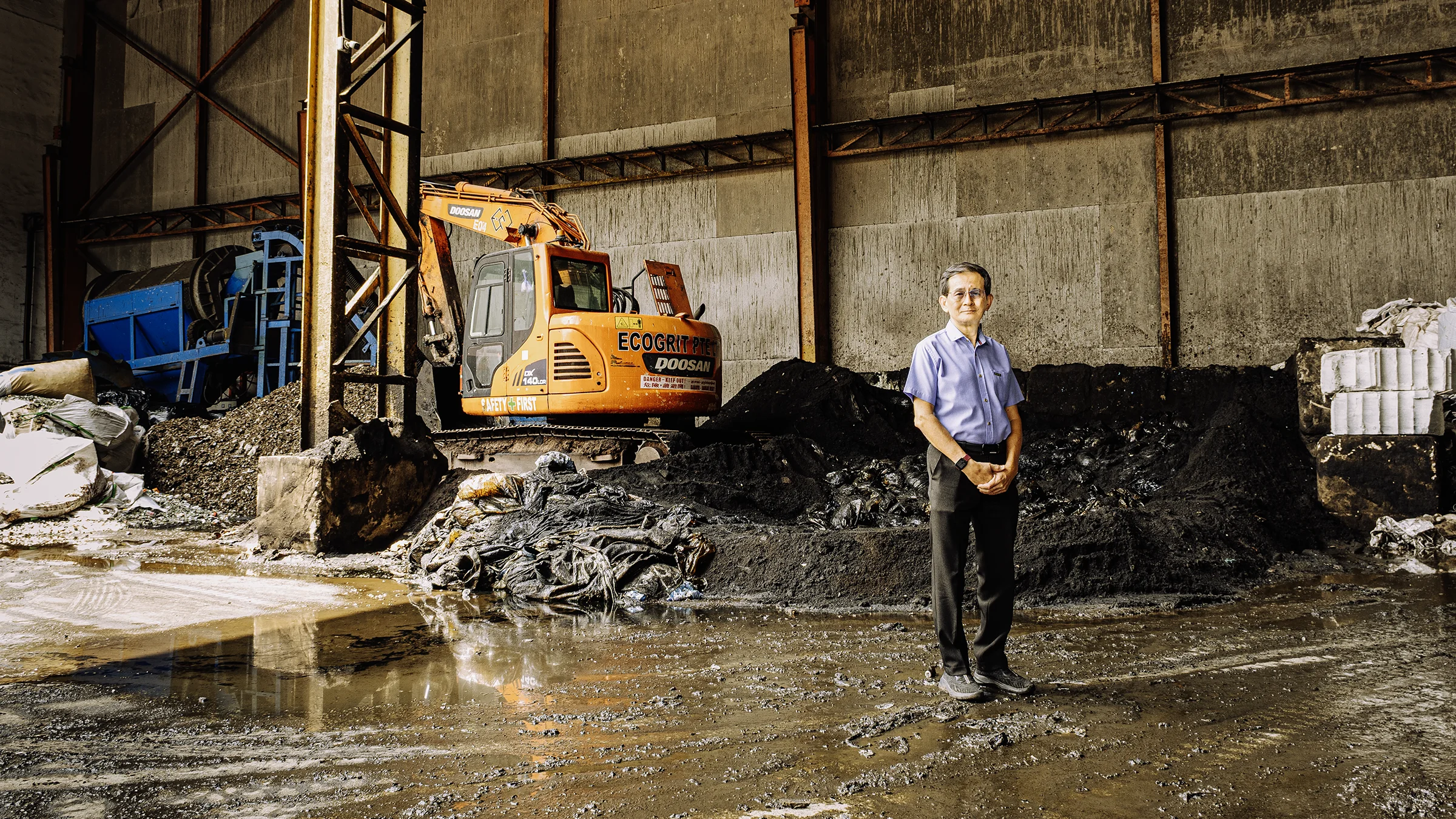
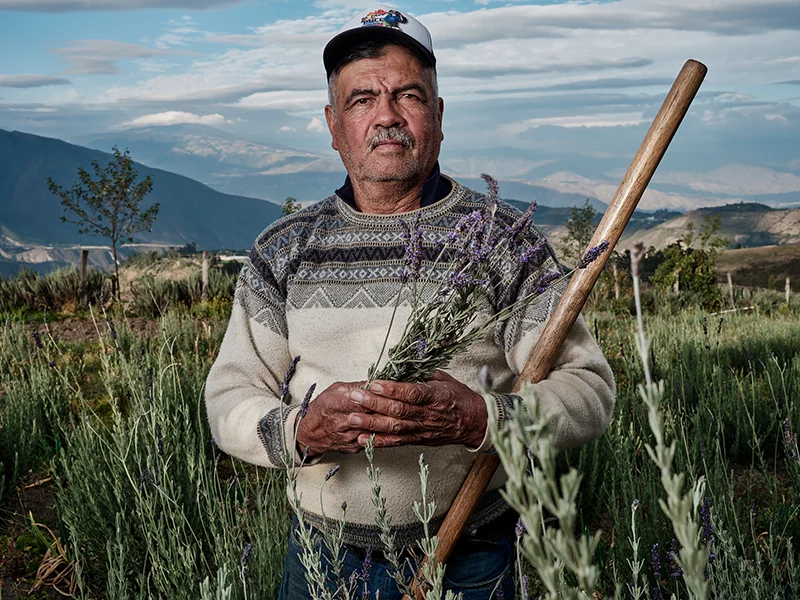
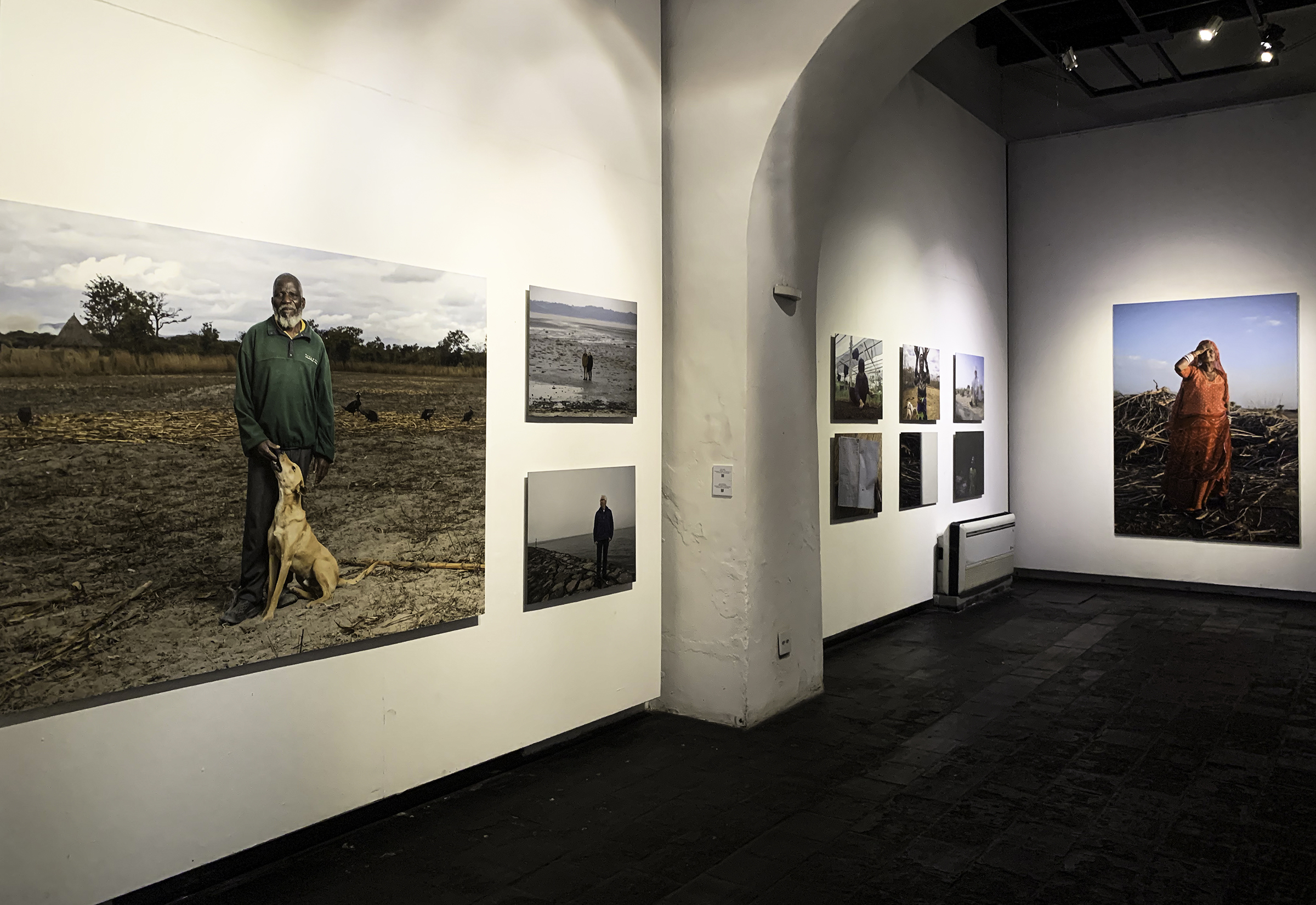
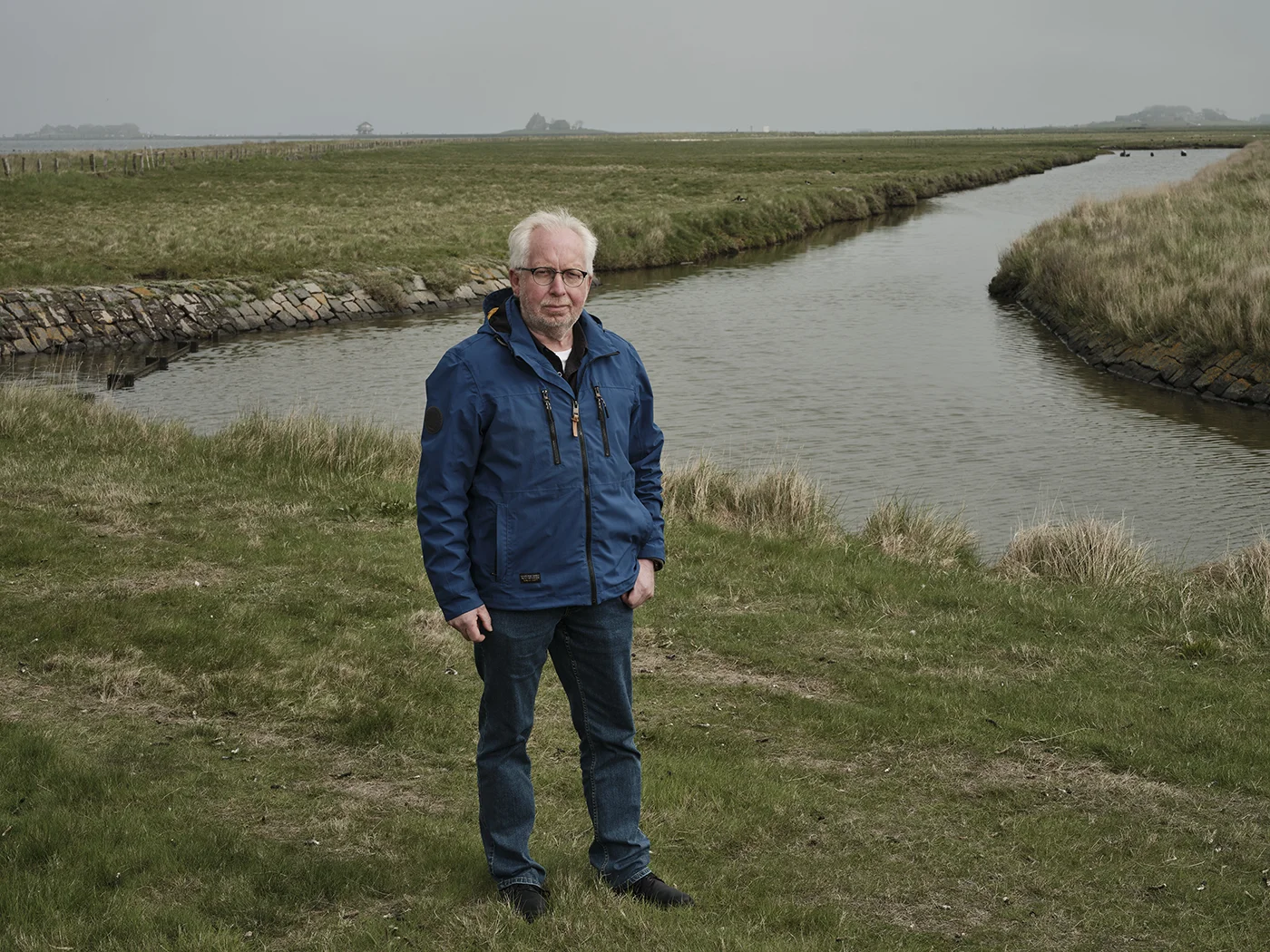
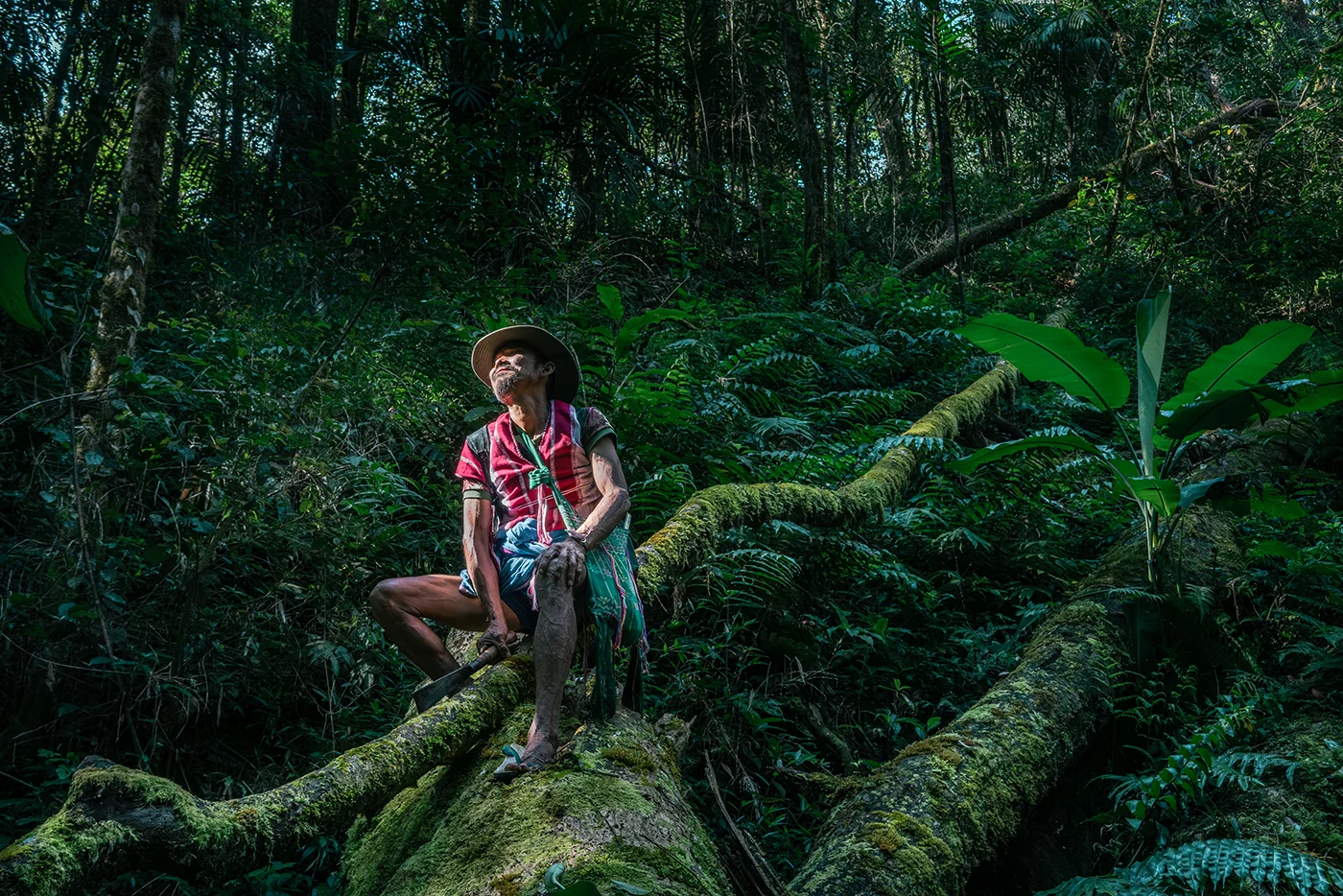
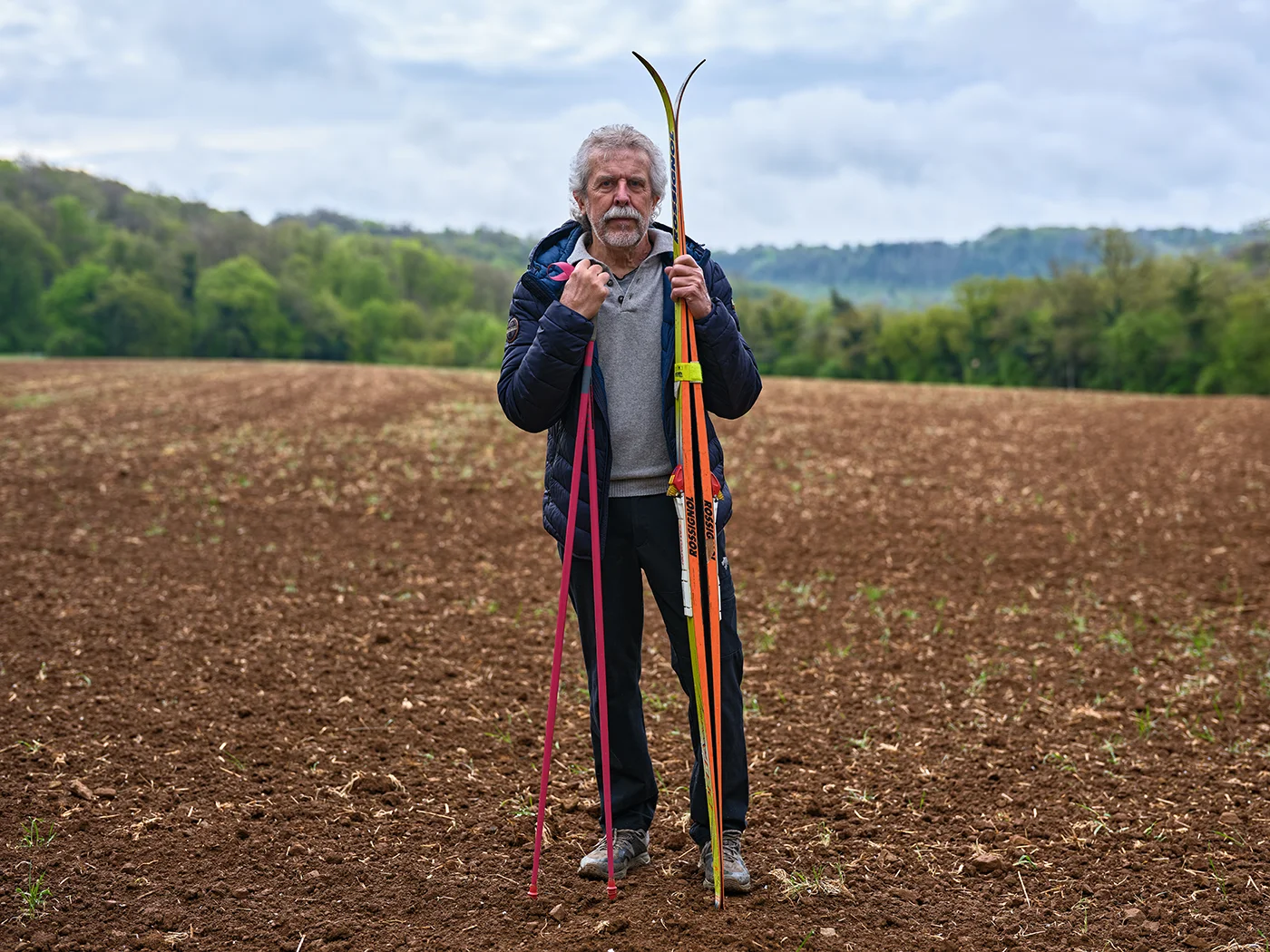






































.svg)






